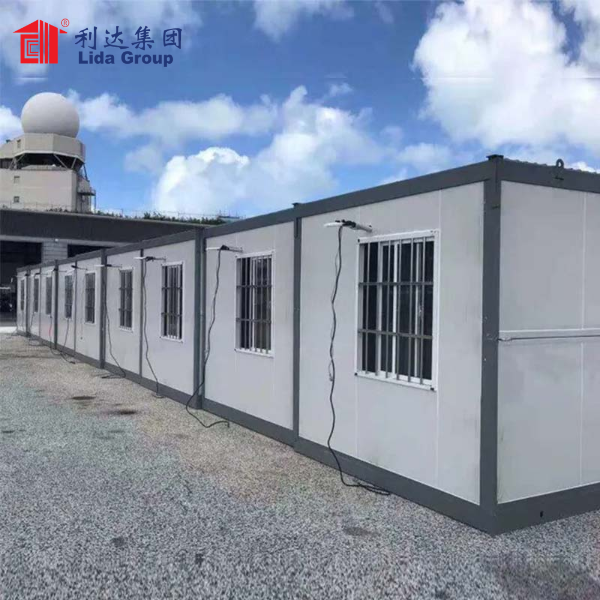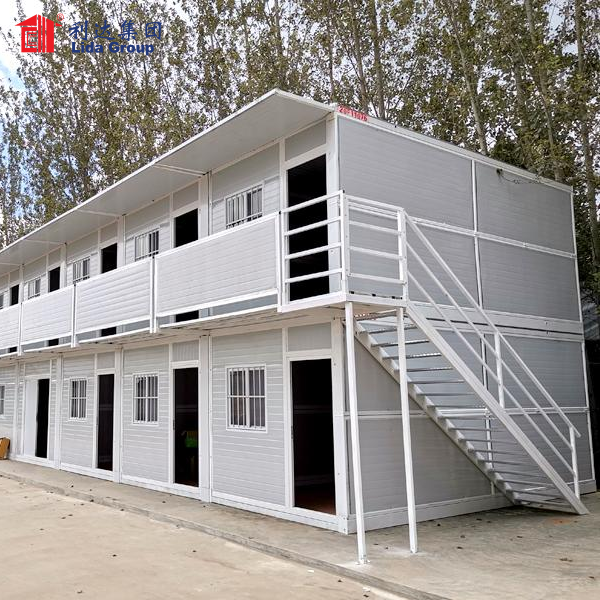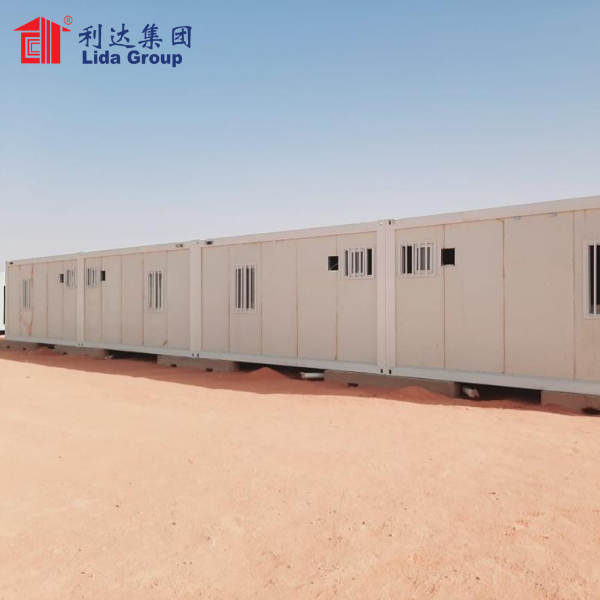Introduction:
In today’s world, sustainable living has become a crucial goal for individuals and communities alike. As environmental concerns continue to grow, finding practical and eco-friendly housing solutions is paramount. Lida Group’s container houses offer a unique and innovative approach to sustainable living, combining functionality, affordability, and environmental consciousness. In this article, we will explore how Lida Group’s container houses make sustainable living easy and accessible for people around the world.
- The Rise of Sustainable Housing:
1.1 The Need for Sustainable Living:
- Environmental challenges and the impact of traditional housing.
- The importance of reducing carbon footprint and resource consumption.
- The role of sustainable housing in mitigating climate change.
1.2 Container Houses and Sustainability:
- The advantages of repurposing shipping containers for housing.
- Lida Group’s commitment to sustainable construction practices.
- How container houses contribute to eco-friendly living.
- Lida Group: Leading the Way in Sustainable Container Houses:
2.1 Designing for Sustainability:
- Lida Group’s emphasis on energy-efficient and environmentally conscious designs.
- Incorporating natural lighting and ventilation in container houses.
- Maximizing space utilization for efficient resource consumption.
2.2 Eco-Friendly Materials and Construction:
- The use of recycled and sustainable building materials.
- Lida Group’s responsible sourcing and waste management practices.
- Minimizing environmental impact during construction.
2.3 Energy Efficiency Solutions:
- Insulation techniques for temperature regulation and energy savings.
- Renewable energy integration, such as solar panels and wind turbines.
- Smart home technologies for efficient energy management.
- Key Features of Lida Group’s Sustainable Container Houses:
3.1 Off-Grid Capabilities:
- Independent power generation and water management systems.
- Reducing reliance on traditional utilities and infrastructure.
- Achieving self-sufficiency in remote or underserved areas.
3.2 Water Conservation:
- Rainwater harvesting and filtration systems.
- Efficient plumbing fixtures and water-saving mechanisms.
- Promoting responsible water usage and conservation.
3.3 Waste Management:
- Recycling and composting solutions within container houses.
- Innovative waste disposal systems to minimize environmental impact.
- Encouraging sustainable waste management practices.
3.4 Green Roof and Vertical Garden Options:
- Utilizing rooftop spaces for greenery and urban agriculture.
- Enhancing insulation, air quality, and biodiversity.
- Creating sustainable and visually pleasing environments.
- Benefits of Sustainable Container Houses:
4.1 Affordability and Cost Savings:
- Lower construction and maintenance costs compared to traditional housing.
- Reduced energy consumption leading to lower utility bills.
- Long-term financial benefits of sustainable living.
4.2 Environmental Impact:
- Reduced carbon footprint through green building practices.
- Conservation of natural resources, including land and energy.
- Contribution to a healthier and more sustainable planet.
4.3 Versatility and Adaptability:
- Modular design for easy expansion, relocation, or remodeling.
- Adapting to changing needs and lifestyles.
- Offering flexible living spaces for various purposes.
- Case Studies: Successful Examples of Sustainable Container Houses:
5.1 Residential Case Studies:
- Showcasing real-life examples of sustainable container buildings.
- Testimonials from homeowners on the benefits and satisfaction of sustainable living.
- Energy consumption and cost savings achieved through sustainable practices.
5.2 Community Projects and Initiatives:
- Collaborations with organizations to provide sustainable housing solutions.
- Case studies of sustainable container housing developments.
- Positive impacts on communities and the environment.
- Future Trends and Innovations in Sustainable Container Houses:
6.1 Advancements in Green Technologies:
- Integration of emerging technologies for energy efficiency.
- Smart home automation and monitoring systems.
- Sustainable building materials and construction techniques.
6.2 Net-Zero and Passive House Concepts:
- Achieving self-sufficiency and zero-energy consumption.
- Passive design principles for optimal insulation and energy efficiency.
- Advantages and future potential of these concepts in container houses.
- Lida Group’s Continued Commitment to Sustainable Living:
7.1 Research and Development:
- Lida Group’s investment in sustainable technologies and practices.
- Collaboration with experts and institutions to drive innovation.
- Pushing the boundaries of sustainable container house solutions.
7.2 Education and Awareness:
- Promoting sustainable living through educational programs and campaigns.
- Raising awareness about the benefits of container houses and eco-friendly lifestyles.
- Empowering individuals and communities to make sustainable choices.
Conclusion:
Lida Group‘s container houses offer a practical and accessible pathway to sustainable living. With their innovative design, eco-friendly materials, and energy-efficient solutions, Lida Group has become a leading provider of sustainable housing solutions. By embracing container houses, individuals and communities can reduce their environmental impact while enjoying the benefits of affordable, versatile, and comfortable living. As we move towards a more sustainable future, Lida Group’s commitment to sustainable living continues to make it easier for everyone to contribute to a greener world.
Post time: Aug-24-2023



